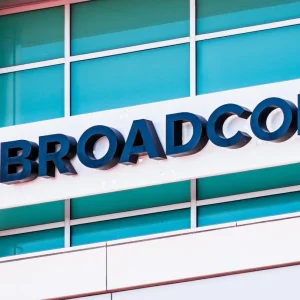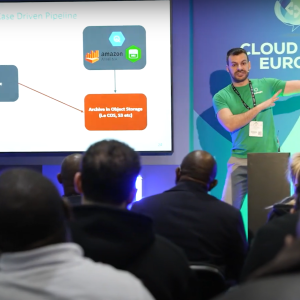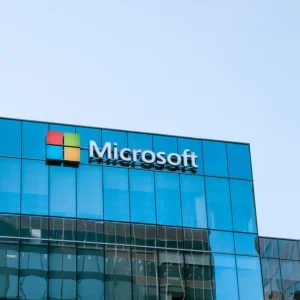
Cybersecurity has been climbing up the corporate agenda for much of the last few years, but the political implications means governments have been interested in it far longer, and none more so than the administrations of the US.
In this increasingly paranoid climate, James Clapper, director of national intelligence for the country, just gave his national security report to the Senate Armed Service Committee, noting that the year had "the highest rate of political instability since 1992", much of which was exacerbated or provoked by hacking.
Here is what he found.
1. ‘Cyber Armageddon’ is still on the horizon
Clapper started by outlining what every cybersecurity expert has been saying for the past few years, claiming that: "Attacks against us are increasing in frequency, scale, sophistication and severity of impact."
The upshot of this is that while the country must still prepare itself for "so-called ‘Cyber Armageddon’" – a large strike that could do spectacular damage to national services – in the meantime it must ward off the battery of day-to-day attacks that has become constant, and seemingly without end.
2. America is under fire from all sides
The US has rarely been backward in accusing its rivals of attacking them in cyberspace, and last year saw what the director described as the first "destructive cyberattacks carried out on US soil by nation state entities", namely Iran against Las Vegas Sands Casino and North Korea against Sony (which remains a contentious attribution).
Clapper went on to outline his fears over Russia and China’s hacking potential, claiming that "the Russian cyber threat is more severe" than previously thought, and adding that Chinese espionage remains a "major threat" to American business, in spite of the hullabaloo US authorities have raised.
3. Cybercriminals are ‘most pervasive’ threat to finance
Some of the most high profile attacks over the last year have done little damage to companies, even if they have been highly embarrassing. Perhaps most notorious among these was the attack mentioned by the director on US Central Command (CENTCOM), whose Twitter account was briefly hijacked by Cyber Caliphate, a group of hackers with ties to Islamic State (IS).
Such stories are often hyped by the media, themselves not strangers to having their social media accounts overrun by terrorists, but in the security industry cybercriminals tend to be seen as the greater danger. Clapper’s warning that crooks were "the most pervasive cyber-threat" to finance partially endorsed this view.
4. From hacking systems to hacking data
Many of the great heists in cybercrime involve the mass stealing of payment card data, with the attack on Target being one of the key examples of this. Over time an entire criminal infrastructure has grown to support this, but Clapper believes that the future of cybercrime could be something rather more sophisticated and dangerous to the private sector.
"In the future, we’ll probably see cyber operations that change or manipulate electronic information to compromise its integrity, instead of simply deleting or disrupting access to it," he said, concluding that such threats "cannot be completely eliminated", but merely managed.






